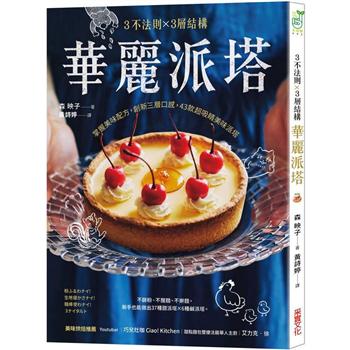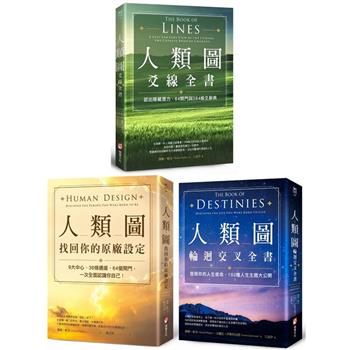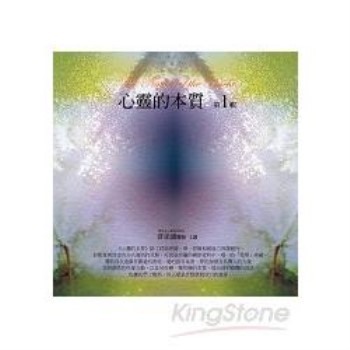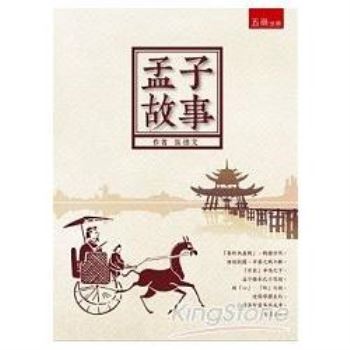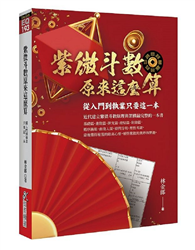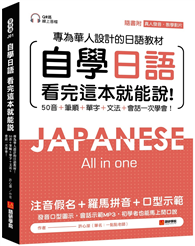| FindBook |
|
有 18013 項符合
行政院的圖書,這是第 190 頁 |
 |
$ 855 | 中央政府總預算-歲入來源別歲出政事別預算表及參考表+歲出機關別預算表(1套2冊)109年度
作者:行政院主計總處 出版社:行政院主計總處公務預算處教育文化科 出版日期:2020-03-01 語言:繁體書 |
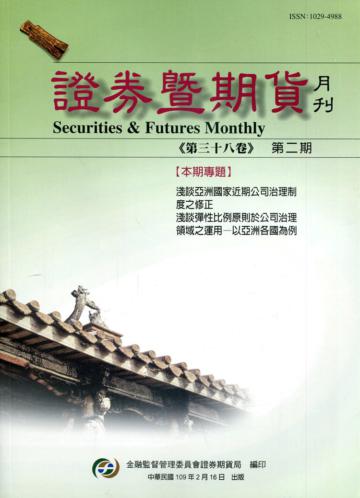 |
$ 86 | 證券暨期貨月刊(38卷2期109/02)
作者:金融監督管理委員會證期局 出版社:行政院金融監督管理委員會證券期貨局 出版日期:2020-02-16 語言:繁體/中文 |
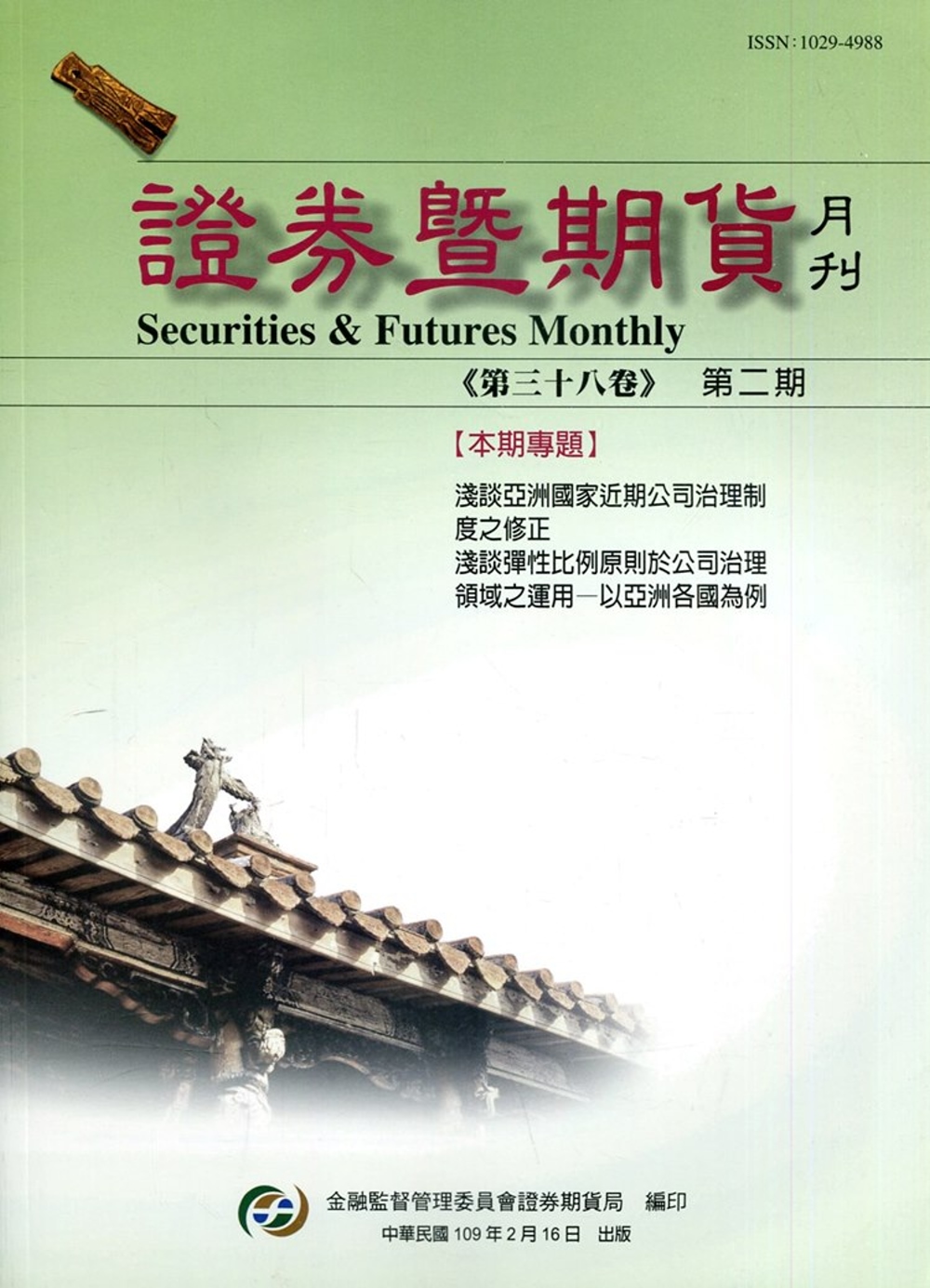 |
$ 86 | 證券暨期貨月刊(38卷2期109/02)
作者:金融監督管理委員會證期局 出版社:行政院金融監督管理委員會證期局 出版日期:2020-02-16 語言:繁體中文 規格:平裝 / 72頁 / 19 x 26 x 1 cm / 普通級 / 雙色印刷 / 初版 |
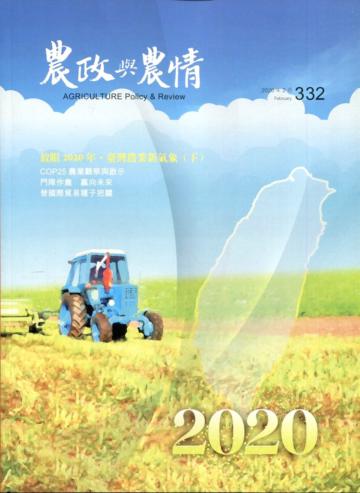 |
$ 57 | 農政與農情332期-2020.02
作者:許昊仁、陳建智/主編 出版社:行政院農業委員會 出版日期:2020-02-15 語言:繁體/中文 |
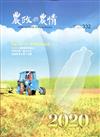 |
$ 57 | 農政與農情332期-2020.02
作者:許昊仁、陳建智/主編 出版社:行政院農業委員會 出版日期:2020-02-15 語言:繁體書 |
 |
$ 323 ~ 361 | The fish that lived in a tree: lokot 樹上的魚《Lokot 鳥巢蕨》英文版
作者:Written by editor Kuei Chun Miya 出版社:農委會林務局 出版日期:2020-02-05 規格:24cm*29.4cm (高/寬) / 精裝 / 44頁  共 7 筆 → 查價格、看圖書介紹 共 7 筆 → 查價格、看圖書介紹
|
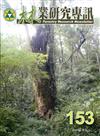 |
$ 47 | 林業研究專訊-153 牛樟與牛樟芝
作者:何振隆/總編輯 出版社:行政院農業委員會林業試驗所 出版日期:2020-02-01 語言:繁體書 |
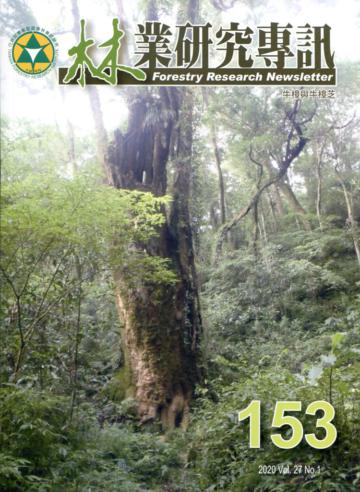 |
$ 48 | 林業研究專訊-153 牛樟與牛樟芝
作者:何振隆/總編輯 出版社:行政院農業委員會林業試驗所 出版日期:2020-02-01 語言:繁體/中文 |
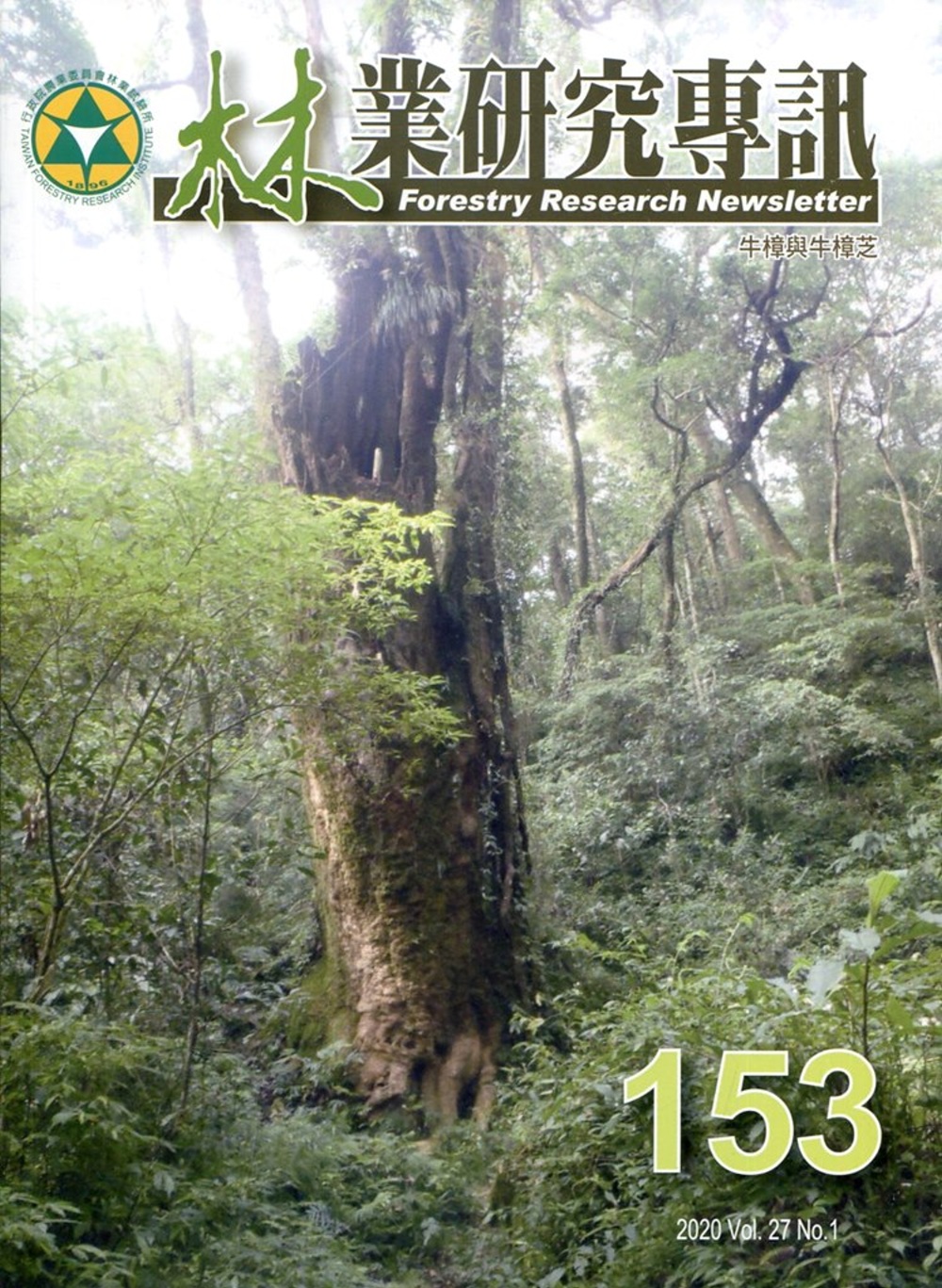 |
$ 48 | 林業研究專訊-153 牛樟與牛樟芝
出版社:行政院農業委員會林業試驗所 出版日期:2020-02-01 語言:繁體中文 規格:平裝 / 92頁 / 19 x 26 x 1 cm / 普通級 / 全彩印刷 / 初版 |
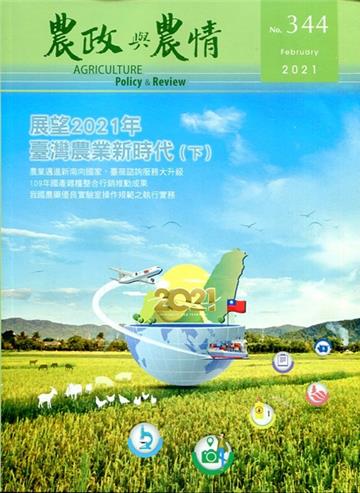 |
$ 57 | 農政與農情344期-2021.02展望2021年 臺灣農業新時代(下)
作者:許昊仁、陳建智/主編 出版社:行政院農業委員會 出版日期:2020-02-01 語言:繁體/中文 |
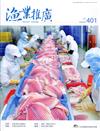 |
$ 76 | 漁業推廣 401期(109/02)
作者:夏光耀 主編 出版社:行政院農業委員會漁業署 出版日期:2020-02-01 語言:繁體書 |
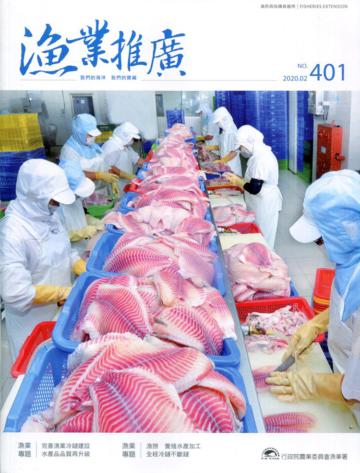 |
$ 76 | 漁業推廣 401期(109/02)
作者:夏光耀 主編 出版社:行政院農業委員會漁業署 出版日期:2020-02-01 語言:繁體/中文 |
|
|
故事來自阿美族的口述相傳,有美麗山林、大海及豐富的潮間帶,他們說樹上住著一條魚,又說海岸邊,有守護土地的魚群們,大自然的故事和人的情誼緊扣在族群的口述文化裡。
這個「住在樹上的魚」故事,不但精準點出林投在海岸的生態角色,也在三言兩語間準確描繪了山蘇、九芎、山棕、茄苳等植物的形態特徵;故事中的主配角們相互扶持、鼓勵的溫暖,充分體現阿美族的互助精神。這個簡短的神話故事,蘊含了深刻的自然觀察,與期待人們善良互助的寓意,讓人不由得讚嘆臺灣原住民族的傳統智慧。
Introduction
In ancient times, the Pangcah Tribe passed on their culture orally by telling stories about the beautiful coastal forest, the ocean, and the intertidal zone, a place that teems with life. An intertidal zone is the area between high and low tide. As a result of the tide, the coastline is not fixed like a line on a map, but moves in and out, every day. Looking out across this intertidal zone into the sea, the Pangcah people told stories of a fish that came to live in a tree and of a tribe of fish that lives near the coast and takes care of the land. These are stories of friendship between natural creatures. Nature and friendship are essential elements of the oral culture of the Pangcah people.
This story of the fish in the tree from Miya not only points out the ecological role of the screw pine on seashores, but also describes species like the bird’s nest fern, crape myrtle, sugar palm, and bishop wood accurately in just a few words. The warmth of the characters, who help and encourage one another, attests to the spirit of helping each other in the Pangcah (Amis). Reading a story that contains such keenly observed natural detail combined with a moral vision that could be understood in terms of symbiosis, we can’t help but feel awed by traditional indigenous wisdom.
作者簡介:
《桂春‧ 米雅》(1967-)
南島語族群的臺灣 Pangcah(Amis, 阿美族),出生於臺灣臺東縣,致力記錄臺灣南島族群文化,潛心努力實地探訪、採集和記錄原住民族風情文物。
目前居住於雲林,長期關注原住民族傳統文化,並擔任臺灣原住民族文化研究室研究員,原住民族文化作家,寫作踏查之餘任職於長期照護機構。
About the narrator
Miya (1967–)
Miya is from Taitung County in southeastern Taiwan, where a lot of Taiwan’s indigenous people live. She belongs to the Pangcah Tribe, which the Taiwan government calls the Amis Tribe. The Pangcah (or Amis) are Austronesian. The Austronesian family of languages and cultures stretches from Taiwan in the north to New Zealand in the
south and from Madagascar in the west to Easter Island in the east. Miya has dedicated herself to researching Austronesian cultures through fieldwork. For her fieldwork, she interviews Pangcah (Amis) elders and records their stories and memories.
Today she lives in Yunlin, a county in central Taiwan on the west coast, but is still dedicated to studying indigenous cultural traditions as a researcher at the Taiwan Indigenous Cultural Research Institute. When she isn’t doing research or writing, she works for an organization that provides long-term care to the elderly.
我第一次從米雅口中聽到「住在樹上的魚」這個故事,有說不出的震撼與感動。它不但精準點出林投在海岸的生態角色,也在三言兩語間準確描繪了山蘇、九芎、山棕、茄苳等植物的形態特徵;故事中的主配角們相互扶持、鼓勵的溫暖,更充分體現阿美族米粑流(Mipaliw,指家戶換工)的...
|
